Curious Questions: How do you take a group photo in which nobody is blinking?
It is a truth universally acknowledged that whenever a group photograph is taken, there is always at least someone who manages to be snapped with closed eyes. But does it have to be that way? Martin Fone, author of 'Fifty Curious Questions', investigates.


Blinking is a natural eye function that spreads tears across and removes irritants from the surface of the cornea and conjunctiva. For the perfectionists amongst us and for those with an enquiring mind, the obvious questions are: Is it possible to get a group photo without someone blinking in it? and How many shots will you need to take to be sure you have one picture with everyone wide-eyed?
The trite answer is just one, provided you give each of the subjects a pair of matchsticks to prop their peepers open. However, if you want a natural photo, or at least as natural as a group photo is ever likely to be, then you need to resort to some mathematics and probability theory.
Fortunately, someone cleverer than I has cracked his grey cells to shed some light on this First–World problem. Step forward, Dr Piers Barnes, a physicist from the Commonwealth Scientific and Industrial Research Organisation.
The starting point is the blink. The average number of times a person blinks when being photographed is ten, and an average blink lasts 250 milliseconds.
Unlike yawning, where one person can trigger a spate of copycat yawns amongst bystanders, there is no evidence that one person blinking influences another. Each blink is an independent event, and when we have a group of people, each of their blinks will be independent of all the others’.

The only occasions when this might not be the case is if the group are standing in something like a sandstorm, but let’s ignore this unnecessary complication. Each blink will also be random. They won’t all occur uniformly every six seconds.
Now for the science bit. Deep breaths all round.
Exquisite houses, the beauty of Nature, and how to get the most from your life, straight to your inbox.
In good indoor light, the shutter of a camera stays open for eight milliseconds, a period of time considerably shorter than the duration of a blink. So from a probability theory perspective, the chance of someone blinking while a photo is being taken is the expected number of blinks, which we will call x, multiplied by the period of time (t) during which the photo could be spoilt. The reciprocal, 1 / xt, is the probability of one person not blinking while a photo is being taken.
Following this logic through, if you have a group of people posing for a photograph (we denote the number by the symbol n), then the probability of a good group photo with no one blinking would be (1 – xt)n, and the number of photos required to get the perfect shot will be 1 / (1 – xt)n.
With me so far?
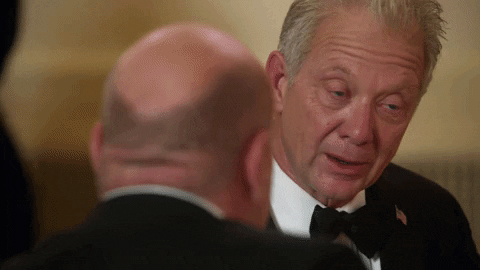
Plotting the formula on a graph shows a normal distribution, which will enable you to calculate the number of shots you would need to guarantee, at least statistically speaking, a perfect photo for any size of group.
What it does mean is that if there is a group of fifty or more, there is virtually no chance of an unspoilt photo. Remember that when you are planning your wedding photos.
Of course, in the heat of the moment, even the brainiest of photographers might not be able to make the necessary calculations. Helpfully, Barnes has developed a rule of thumb for photographing groups of under twenty people.
And it's extremely simple: in good light, divide the number of people by three, and take that many pictures to give yourself a decent chance of getting one with all eyes wide open – in other words, if you have a group of 12, take at least four pictures. In poor light, when the camera shutter will be open for longer, you'll need to use two as the denominator – i.e. for a group of 12, you'd need six pictures.
So now we know. Now to work on some of the other problems of group photos...

Martin Fone is author of 'Fifty Curious Questions', from which this piece is an excerpt – find out more about his book or you can order a copy via Amazon.
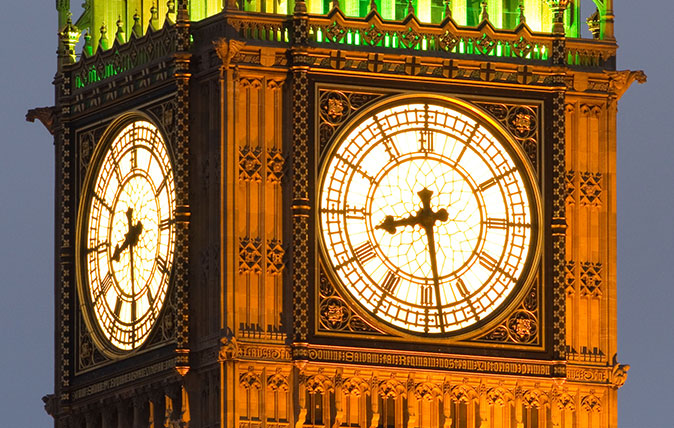
Credit: alamy
Curious Questions: Why is a day divided into twenty-four hours?
We've been counting things in convenient chunks of ten for thousands of years, so why on earth is a day
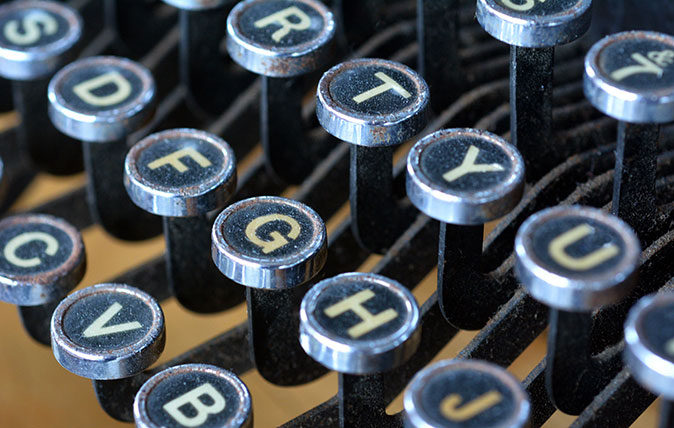
Credit: Rex
Curious Questions: Why do we still use the QWERTY keyboard?
The strange layout of keyboards in the Anglophone world is as bafflingly illogical. Martin Fone, author of 'Fifty Curious Questions',

Curious Questions: What is the perfect hangover cure?
If there's a definite answer, it's time we knew. Martin Fone, author of 'Fifty Curious Questions', investigates.
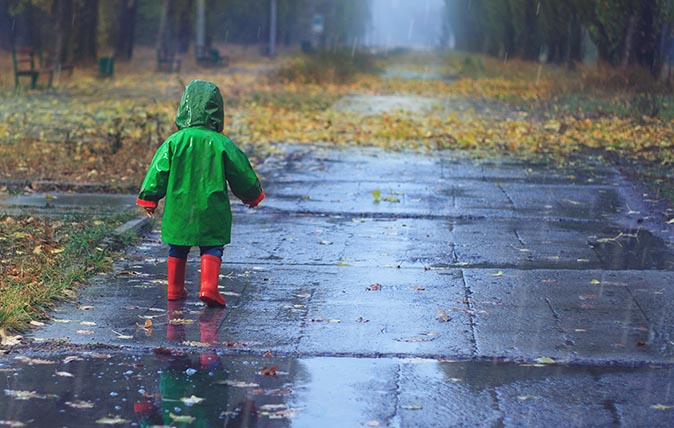
Curious Questions: Do you get wetter running or walking in the rain?
Does running in the rain get you out of it quicker? Or do you just run into more water more
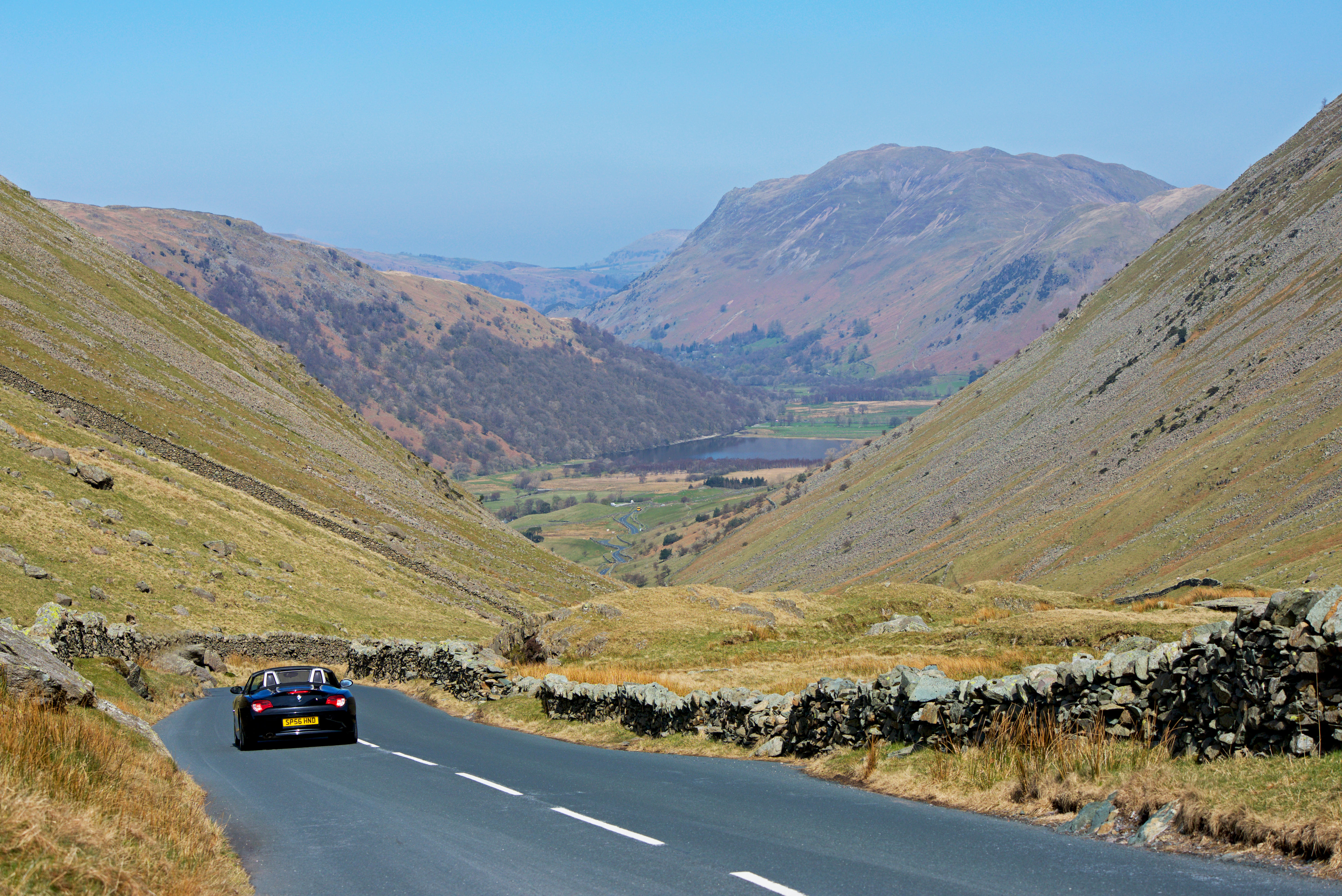
Curious Questions: Why do the British drive on the left?
The rest of Europe drives on the right, so why do the British drive on the left? Martin Fone, author

Credit: apples and oranges Photo by Best Shot Factory/REX/Shutterstock
Curious Questions: Can you actually compare apples and oranges?
It's repeated so often these days that we've come to regard it as a truism, but are apples and oranges
After graduating in Classics from Trinity College Cambridge and a 38 year career in the financial services sector in the City of London, Martin Fone started blogging and writing on a freelance basis as he slipped into retirement. He has developed a fearless passion for investigating the quirks and oddities of life and discovering the answers to questions most of us never even think to ask. A voracious reader, a keen but distinctly amateur gardener, and a gin enthusiast, Martin lives with his wife in Surrey. He has written five books, the latest of which is More Curious Questions.
